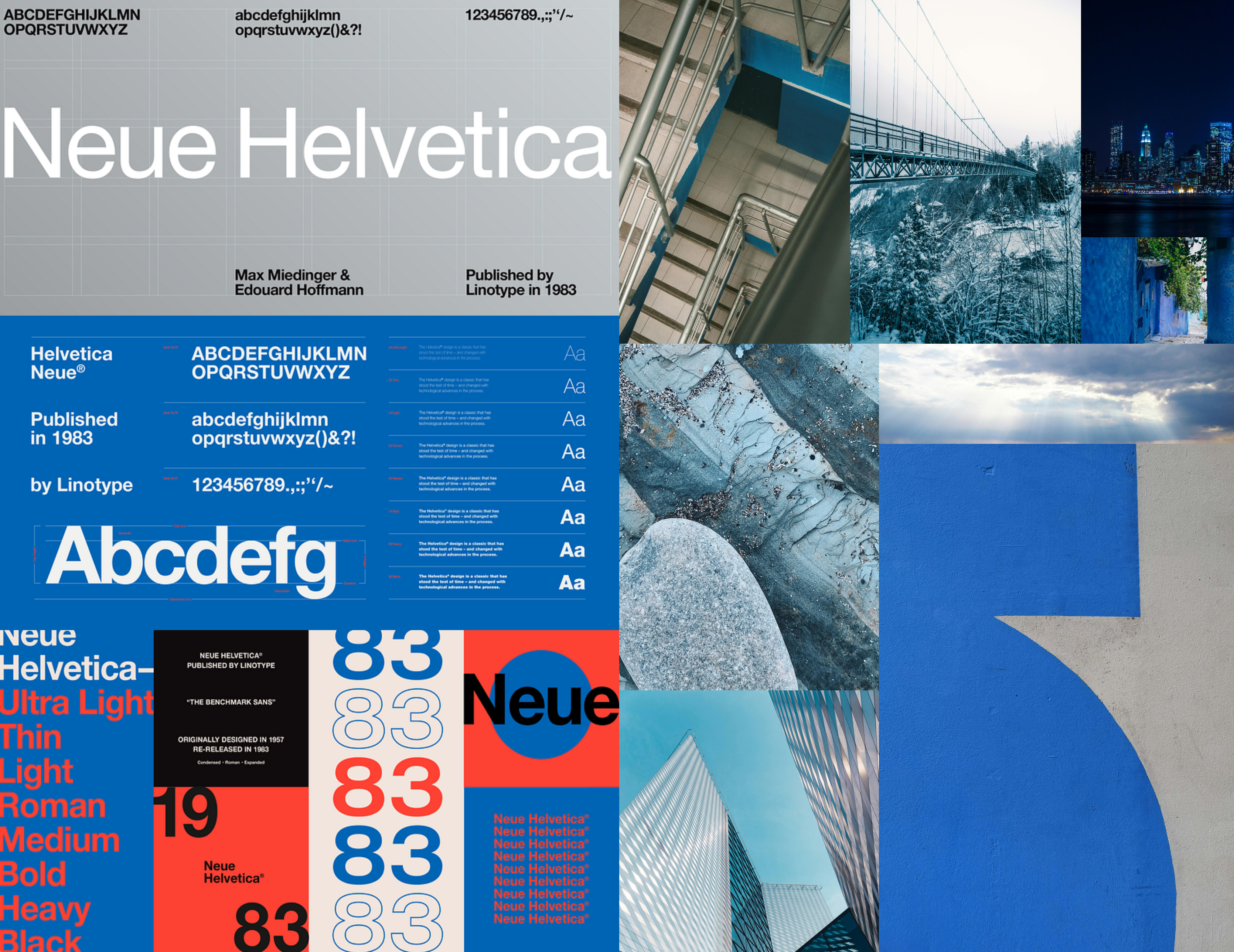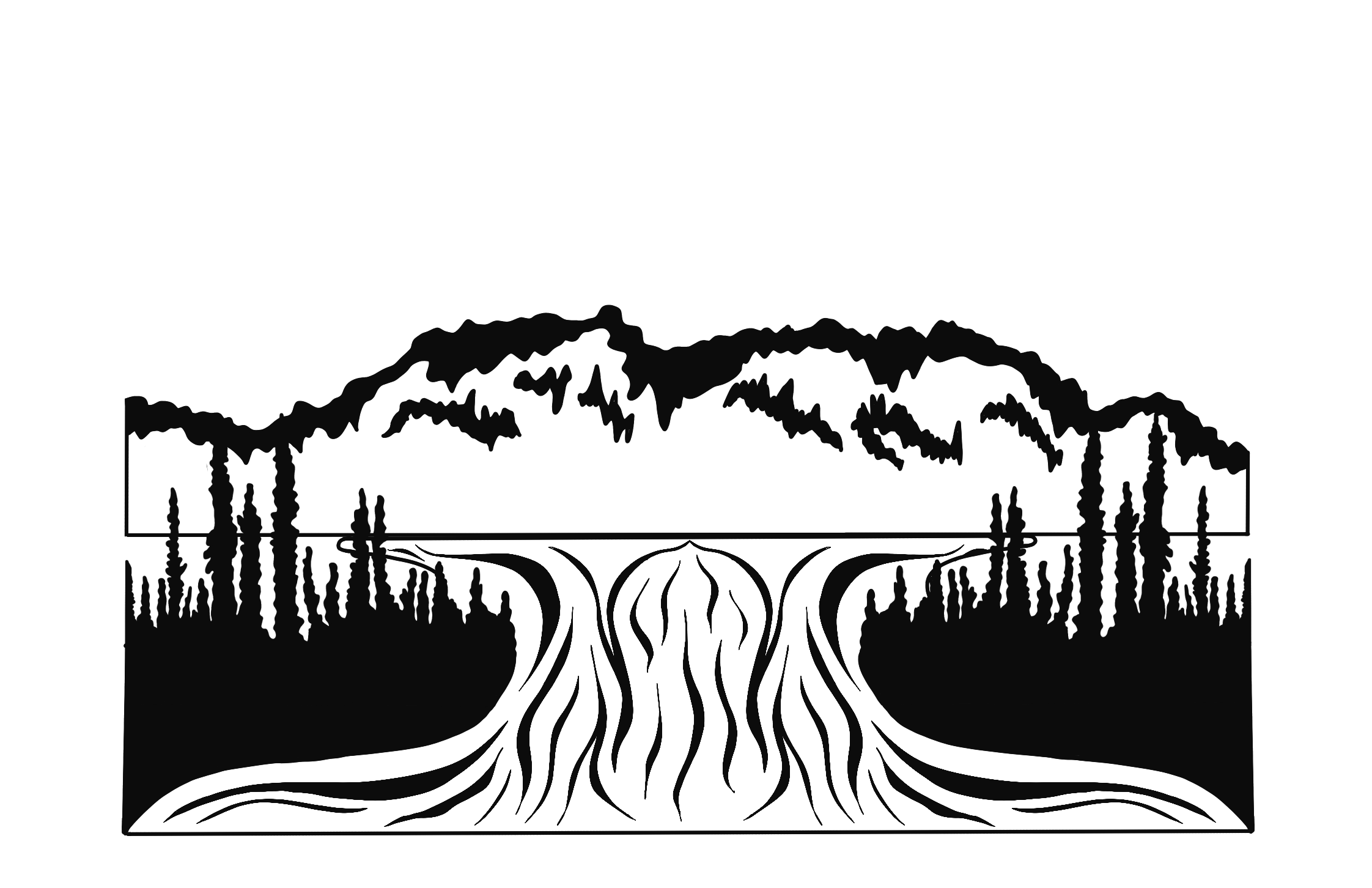SECOND VERSION
OF SKETCHES
This second version emerged after exploring a range of sketches that experimented with different concepts and visual directions. The objective was to capture the essence of Mont Otish while ensuring the logo remained modern, versatile, and culturally grounded. Each sketch represents a distinct interpretation of the mountain’s form and its significance within the Cree Nation, blending symbolism with clean, intentional design.





LogoRefresh-CNBS.png)
LogoRefresh-CNBS.png)
